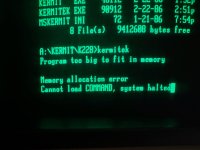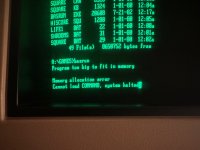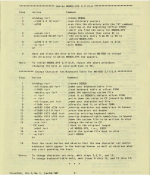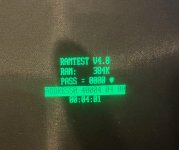If your referring to the noise of the head stepping the drive may seek back to track 0 and back to the track when retrying a read error.s the loud buzz coming from reading faults on the floppy disk?
For the address mark not found can you tell where it was trying to read?Controller: NOK - Error- Address mark not found, poss. failures are: Radial cable, Drive, Controller
Can you try f4 sequential test to do a read test of the image? Is new media referring to a new floppy or something?
f4 Sequential Test The entire drive media surface is read looking
for defective media not currently logged in the drive header label.
If new media is discovered, it is logged and displayable upon
breaking the scan process with a SPACE or by utilizing option f7.
Only a single pass of the drive surface is made.
If you use mfm_util to decode the emulator file does it report any errors?Controller: NOK - Error- Address mark not found, poss. failures are: Radial cable, Drive, Controller
I would use factoryf to reformat and follow pdevine procedure. I would also switch to the non debug version since we know it worked. We could still be dealing with incompatibility between the machines that makes his image not work on yours. If that doesn't work we will need to try debug again and see if we can find a sector




